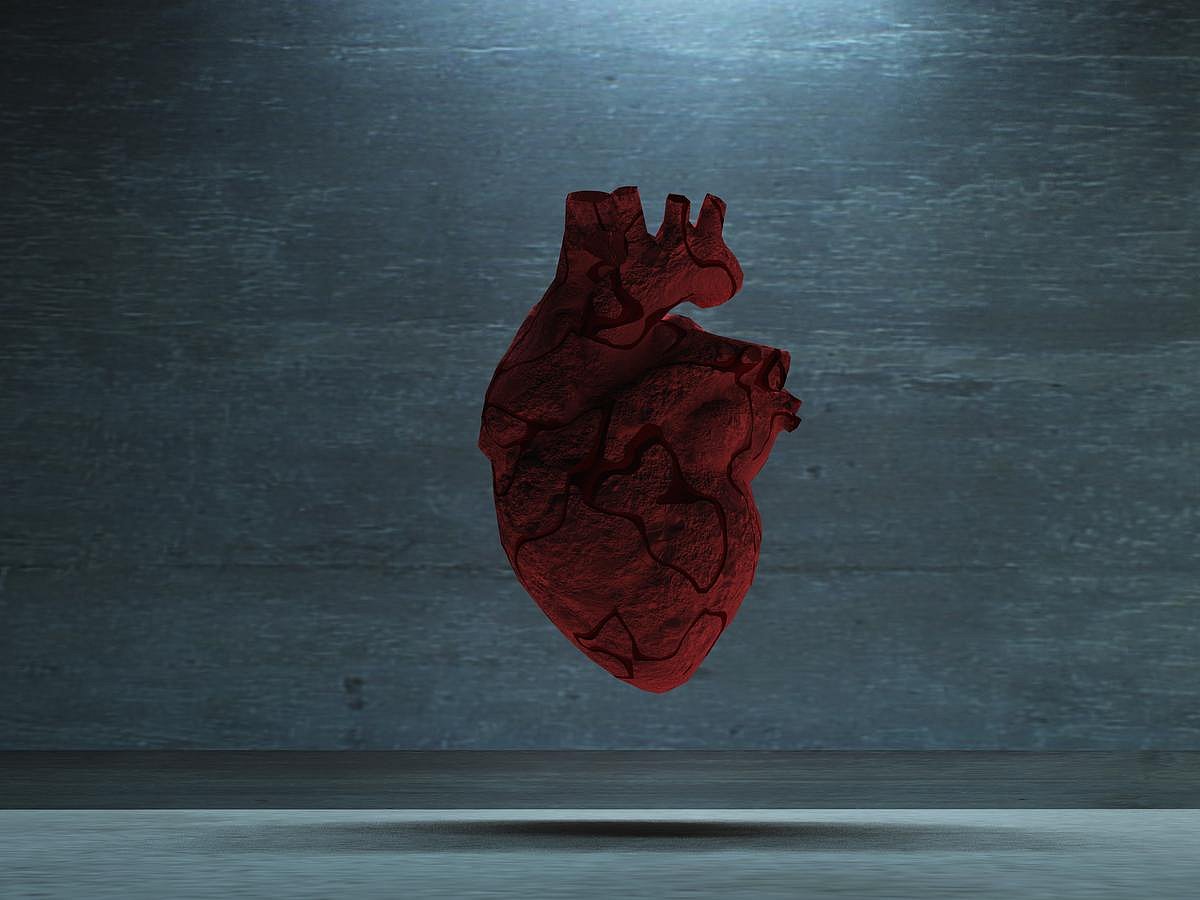Nonatherothrombotic Causes Account for Much of MI Burden in Younger Adults
TUESDAY, Sept. 23, 2025 -- For persons aged 65 years and younger, nonatherothrombotic causes comprise a considerable burden of acute myocardial infarction (MI), according to a study published in the Sept. 23 issue of the Journal of the American College of Cardiology.
Claire E. Raphael, M.B.B.S., Ph.D., from the Mayo Clinic in Rochester, Minnesota, and colleagues examined the incidence and outcomes of MI in a community cohort aged 65 years and younger. MI was assigned to one of six adjudicated pathophysiologic mechanisms: atherothrombosis, spontaneous coronary artery dissection (SCAD), embolism, vasospasm, myocardial infarction with nonobstructed coronary arteries not meeting another category (MINOCA-U), and supply/demand mismatch secondary MI.
During 15 years, 4,116 myocardial injury events occurred in 2,780 patients. The researchers found that 1,474 events were classified as index MI, 68 percent of which were caused by atherothrombosis. Women had a much lower population incidence of MI, especially MI caused by atherothrombosis (48 versus 137 per 100,000 person-years and 23 versus 105 per 100,000 person-years). Women had a higher incidence of SCAD (3.2 versus 0.9 per 100,000 person-years); at index presentation, 55 percent of cases were misclassified as MINOCA or atherothrombosis. The majority of cases in women compared with men were due to nonatherothrombotic causes (atherothrombosis, 47 versus 75 percent; secondary MI, 34 versus 19 percent; SCAD, 11 versus 0.7 percent; embolism, 2 versus 2 percent; vasospasm, 3 versus 1 percent; MINOCA-U, 3 versus 2 percent).
"This research shines a spotlight on heart attack causes that have historically been under-recognized, particularly in women," Raphael said in a statement. "When the root cause of a heart attack is misunderstood, it can lead to treatments that are less effective -- or even harmful."
One author disclosed ties to industry.
Abstract/Full Text (subscription or payment may be required)
Editorial (subscription or payment may be required)
Disclaimer: Statistical data in medical articles provide general trends and do not pertain to individuals. Individual factors can vary greatly. Always seek personalized medical advice for individual healthcare decisions.
© 2025 HealthDay. All rights reserved.
Read this next
Three Cardiometabolic Risk Factors ID'd as Having the Highest Risk for Mortality in MASLD
TUESDAY, Sept. 23, 2025 -- For patients with metabolic dysfunction-associated steatotic liver disease (MASLD), the cardiometabolic risk factors (CMRFs) of high blood pressure...
Model Based on Mammogram Features, Age Can Predict CV Risk
FRIDAY, Sept. 19, 2025 -- A deep learning model based on mammographic features and age predicts cardiovascular risk with performance comparable to traditional risk equations...
Women Still Underrepresented in Cardiovascular Trials
TUESDAY, Sept. 16, 2025 -- In recent years, challenges have persisted in representation of women within cardiovascular (CV) clinical trials, according to a study published online...
More news resources
- FDA Medwatch Drug Alerts
- Daily MedNews
- News for Health Professionals
- New Drug Approvals
- New Drug Applications
- Drug Shortages
- Clinical Trial Results
- Generic Drug Approvals
Subscribe to our newsletter
Whatever your topic of interest, subscribe to our newsletters to get the best of Drugs.com in your inbox.


